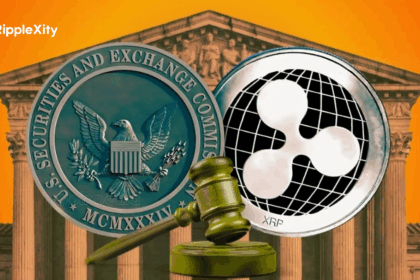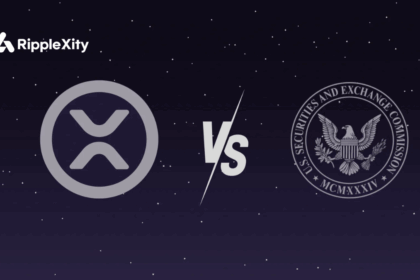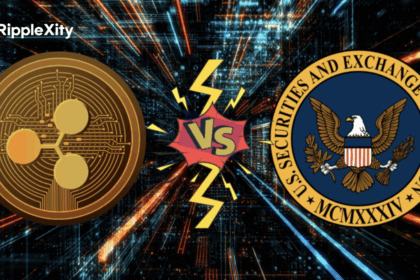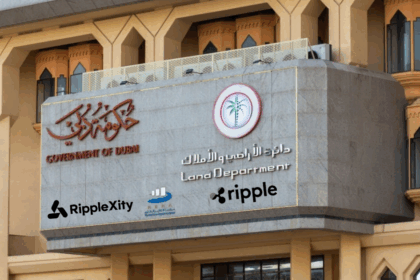For decades, SWIFT has been the backbone of international banking. Established in the 1970s, it enables banks around the world to communicate securely about financial transactions.
But in a digital age demanding speed, transparency, and cost-efficiency, SWIFT is increasingly showing its age.
Enter RippleNet — Ripple’s global payment network — offering a blockchain-based alternative that threatens to disrupt and redefine the global financial infrastructure.
The Legacy System: SWIFT’s Bottlenecks
While widely adopted, SWIFT is not a payment system itself, but a messaging protocol. Banks use it to send payment instructions — actual settlement can take 2 to 5 business days, especially for cross-border transactions. The system is also:
- Burdened by multiple intermediaries.
- Costly, with fees stacking up per transaction.
- Opaque — users often don’t know the real-time status of funds.
- Vulnerable to errors and compliance delays.
In short, SWIFT was not built for the on-demand, globalized economy we now live in.
RippleNet: A New Standard for Global Transactions
RippleNet leverages the XRP Ledger (XRPL) to provide real-time settlement, end-to-end transparency, and negligible fees. Unlike SWIFT, RippleNet offers both messaging and settlement, collapsing what SWIFT does in days into mere seconds.
Key Features of RippleNet:
- Speed: Transactions settle in 3–5 seconds.
- Cost-Efficiency: Cross-border fees are dramatically lower.
- Transparency: Real-time tracking and immutable records.
- Liquidity via XRP: With On-Demand Liquidity (ODL), XRP is used as a bridge currency — eliminating the need for pre-funded nostro accounts.
- Compliance-Ready: RippleNet integrates regulatory tools like KYC/AML natively.
Real-World Adoption
RippleNet isn’t theoretical — it’s already being used by over 100 financial institutions worldwide, including:
- Santander
- SBI Holdings
- Pyypl
- Tranglo
- Novatti
Countries like the UAE, Japan, and the Philippines are using Ripple-powered corridors to move billions — with instant finality and transparent audit trails.
Meanwhile, SWIFT is scrambling to modernize with its gpi (Global Payments Innovation) upgrade — but the progress is slow and still reliant on the traditional rails.
The Bigger Picture
RippleNet doesn’t just challenge SWIFT — it reimagines the entire payments landscape, making it more inclusive for:
- Emerging markets with limited banking infrastructure.
- Fintechs and remittance platforms looking for efficient liquidity.
- Retail users demanding cheaper global transactions.
As the world shifts toward CBDCs, tokenized assets, and 24/7 digital finance, RippleNet stands as a next-gen financial network — not just for banks, but for the Web3 economy.
Conclusion: A Shift in Financial Power
The race between RippleNet and SWIFT isn’t just about technology — it’s about who will control the future of money movement.
Ripple offers a decentralized, transparent, and efficient solution — aligned with the digital-first era.










